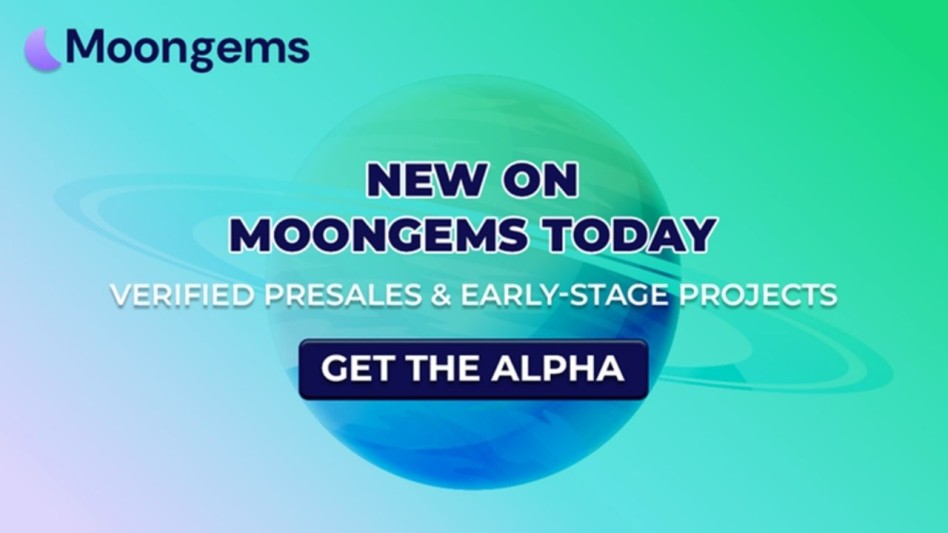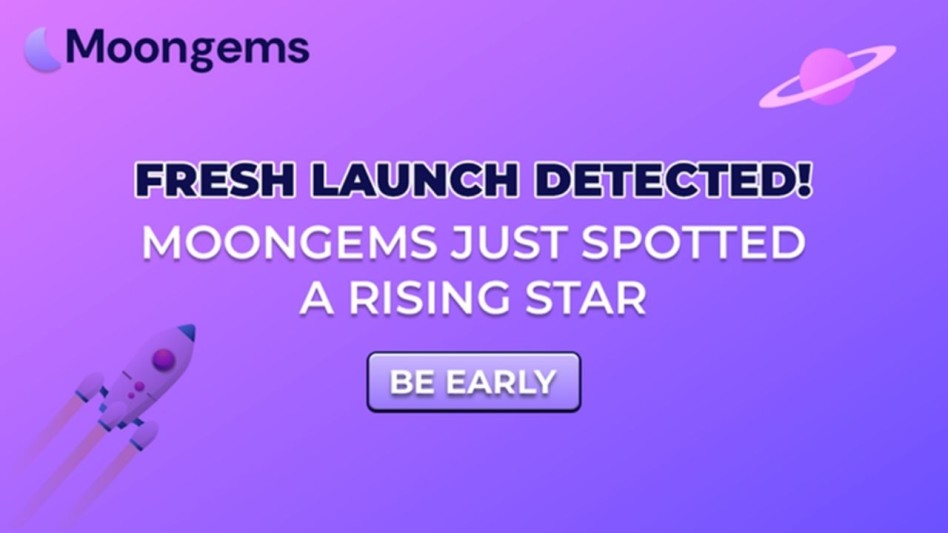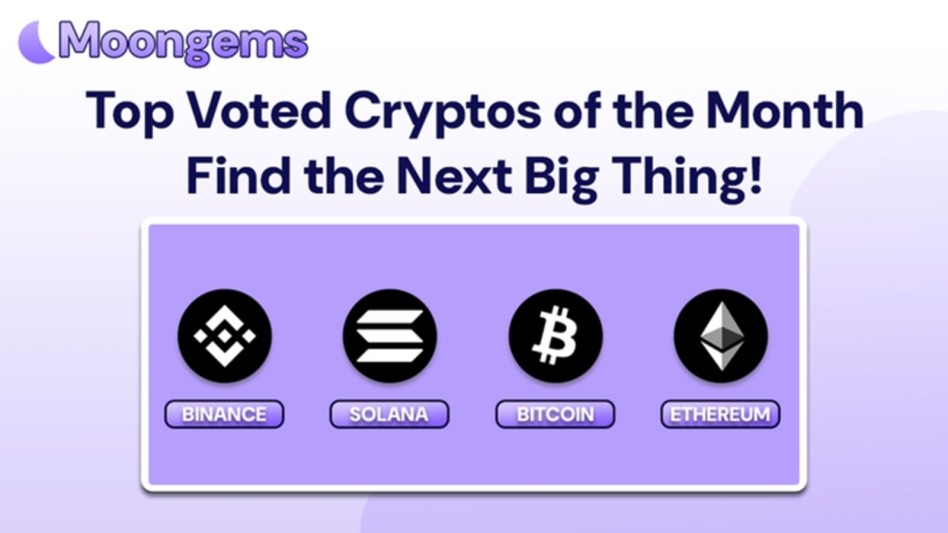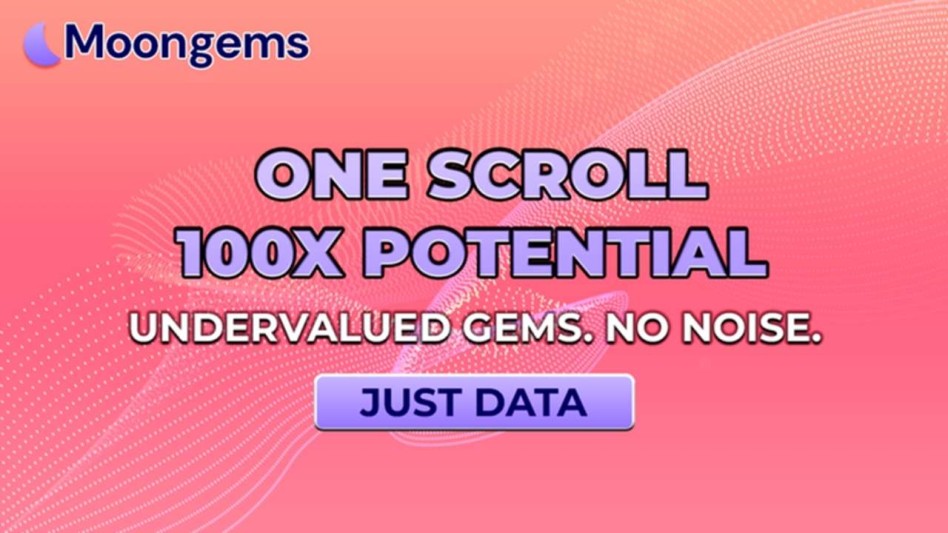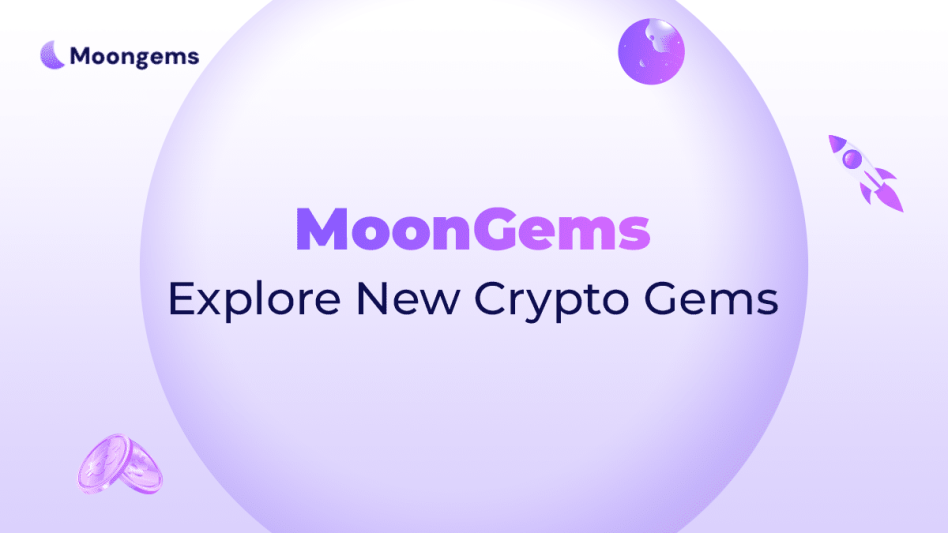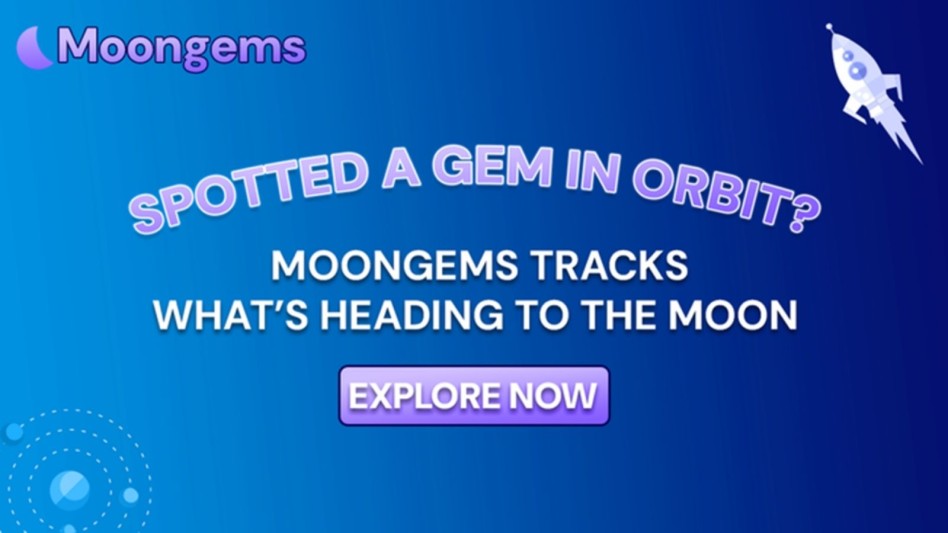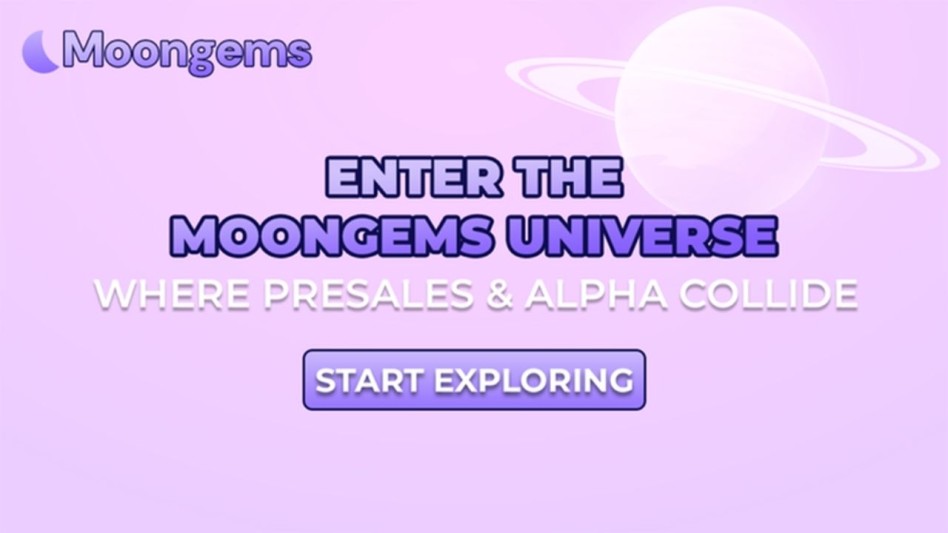Author: Jawad Hussain – Crypto Analyst & Web3 Researcher | 9+ years tracking presales, IDOs, and token launches. Follow him on X (formerly known as Twitter) and LinkedIn.
In 2025, crypto presales remain one of the fastest ways to multiply capital or lose it overnight. Behind the flashy marketing, countdown timers, and Telegram hype groups lies something deeper: the psychology of investors.
Presales tap into the same behavioral triggers that drive social virality and meme coin explosions: fear of missing out (FOMO), herd mentality, and emotional decision-making.
MoonGems, as an early-stage discovery platform, helps investors cut through this noise with verified data, KYC checks, MVP status, and roadmap transparency, so you invest based on facts, not just feelings.
This article explores why hype works and how to avoid getting caught when your emotions start driving your wallet.
1. Hype Triggers the Fear of Missing Out (FOMO)
FOMO is the single most powerful psychological driver in crypto presales. When investors see thousands of people talking about a project, influencers hyping “the next 100x coin,” and countdown timers flashing “only 2 hours left,” the brain reacts emotionally, not logically.
FOMO is effective because it creates a sense of urgency and scarcity simultaneously. The fear of being late often overrides rational evaluation, leading people to invest in tokens without thorough research. This effect is amplified when friends or online groups post screenshots of “gains” or share affiliate links.
MoonGems mitigates this risk by presenting real data, including tokenomics breakdowns, roadmap feasibility, and development status. Instead of reacting to hype, investors can verify if a project has a working MVP or an audit before joining.
By recognizing when you’re feeling FOMO and pausing to check the fundamentals, you shift from emotional investing to evidence-based decision-making, which has historically outperformed blind hype-chasing.
2. Herd Mentality and Social Proof Make Presales Look Safer Than They Are
Humans are social creatures. When we see a crowd doing something, buying into a presale, posting about it on X, or joining a Telegram channel, we assume they know something we don’t. This is called herd mentality.
Crypto teams are aware of this and intentionally create hype loops, including exclusive invite groups, influencer “alpha leaks,” and community badges that reward early buyers for sharing. The more it seems “everyone is in,” the more likely you’ll follow.
But crowds aren’t always right. In fact, herd behavior is often strongest before a correction or dump. MoonGems helps counter herd bias by highlighting objective factors, including KYC badges for team transparency, audits for security, and active development trackers to verify if a project is building, not just hyping.
Instead of relying on how many people are “talking about it,” focus on what’s being built. A presale with 50K Twitter followers but zero dev activity is a red flag. Hype makes presales look safe, but MoonGems helps reveal when they’re not.
3. Countdown Clocks and Scarcity Marketing Manipulate Decisions
Scarcity marketing is another psychological trick. Limited presale windows, staged price increases, and “nearly sold out” banners are designed to bypass rational thought and trigger impulse buying.
When investors see a timer ticking down, it activates a loss aversion response: the fear of losing an opportunity feels worse than missing money already in your pocket. This often leads to quick, unresearched buys.
But scarcity isn’t always real. Many presales extend stages, add “bonus rounds,” or relaunch after “selling out.” That’s why experienced investors rely on data sources like MoonGems, which show presale stage history, token allocations, and liquidity commitments. By reviewing how funds are structured and whether tokenomics lock insider tokens, you avoid being manipulated by artificial urgency.
Scarcity marketing is effective, but only for unprepared investors. Use watchlists and pre-research (all available via MoonGems filters) to decide before the clock starts ticking, not after.
4. Confirmation Bias Makes You Ignore Red Flags
Once you decide you like a presale, maybe because of the logo, the influencer backing it, or its narrative, you subconsciously look for information that confirms your decision while ignoring red flags. This is called confirmation bias.
Presale marketers know this and flood channels with positive posts, influencer tweets, and “community testimonials” to keep you focused on the upside. Meanwhile, aspects such as unaudited contracts, vague roadmaps, or anonymous teams often get overlooked.
MoonGems solves this by surfacing red flag data upfront: missing audits, lack of KYC, or suspicious token allocations are flagged clearly. By forcing yourself to review these factors, you counteract bias and make more balanced decisions.
The key? Create a checklist before investing: Does the project have an MVP? Is the team verifiable? Is liquidity locked? Is token utility defined? MoonGems makes this checklist easier by presenting verified data in one place, removing emotion from what should be a rational decision.
5. Overconfidence After a Win Makes You Double Down on Risk
One of the most dangerous psychological traps in presales isn’t before investing, it’s after. When investors score a big win (like a 10x meme coin), they often feel they’ve “figured it out” and start taking bigger, riskier bets on the next project. This is overconfidence bias, and it often leads to significant losses.
Hype-driven communities feed this bias by constantly promoting “the next big thing.” Winning once doesn’t mean the same strategy works every time, especially when luck is involved.
MoonGems helps you stay grounded by allowing portfolio tracking, presale comparisons, and alerts for suspicious patterns (like insider-heavy token allocations). It shifts focus from emotional doubling down to evidence-based scaling.
The best presale investors maintain their composure, whether they win or lose. By combining MoonGems tools with disciplined allocation strategies, you can avoid falling into the cycle of overconfidence and reckless investing.
Conclusion: Hype Is a Tool; Use It, Don’t Be Used by It
Hype isn’t going away. It’s baked into crypto culture and presale marketing because it works. But hype only hurts investors when it replaces due diligence.
MoonGems helps you maintain balance: discover trending presales early, but evaluate them using hard data, such as KYC status, MVP readiness, audits, and token utility. Instead of running from hype, learn to filter it.
Use hype as a signal for interest, not proof of quality. In presales, the smartest money is patient, data-driven, and emotionally neutral. With the best tools and the right mindset, you can avoid hype traps while still discovering opportunities that others overlook.
Want to Stay Rational While Everyone Else Chases Hype? Explore MoonGems.io, the presale discovery platform where hype meets hard data. Track MVPs, audits, KYC badges, and roadmap progress to stay focused on facts, not fear.
Frequently Asked Questions (FAQs)
- Why do crypto presales use hype so aggressively?
Hype creates urgency and social proof, both of which drive early funding and community growth. It’s a marketing strategy, not necessarily a quality indicator. - Is hype always bad?
No. Hype can increase liquidity and brand visibility. The danger arises when investors rely on hype instead of fundamentals, such as tokenomics, MVPs, or team transparency. - How can I avoid making emotional decisions?
Pause before buying and use tools like MoonGems to check project fundamentals. Set predefined allocation limits to prevent impulse investing. - Does hype affect long-term token value?
Sometimes it pumps short-term prices, but it often leads to unsustainable spikes. Long-term value depends on execution and utility, not hype alone. - How does MoonGems help?
MoonGems filters hype-driven noise by highlighting verifiable data, such as audit status, MVP readiness, and token allocation, helping investors focus on the facts.
Glossary of Key Terms
FOMO (Fear of Missing Out): A psychological trigger causing investors to buy without research out of fear they’ll miss a profit opportunity.
Herd Mentality: Following the actions of a group, assuming they know something you don’t.
Scarcity Marketing: Creating urgency through limited supply or countdown timers to trigger impulse buying.
Confirmation Bias: The tendency to favor information that supports your existing belief while ignoring contradictory evidence.
Overconfidence Bias: Overestimating your investing ability, often after a win, leading to riskier decisions.
Disclaimer
This article is for educational purposes only and does not constitute financial advice or an endorsement of any specific project. Always conduct your own research and consult with a licensed financial advisor before investing in cryptocurrency or digital assets.
Article Summary
Crypto presales thrive on hype because they tap into powerful psychological triggers like FOMO, herd mentality, scarcity, confirmation bias, and overconfidence. This MoonGems guide explains why hype works and how investors can avoid emotional traps by using data-driven tools, KYC checks, MVP indicators, and allocation discipline. Hype isn’t always bad, but relying on it without research is dangerous. With MoonGems, you can discover trending presales early while staying focused on fundamentals, so your investments are driven by evidence, not emotion.




